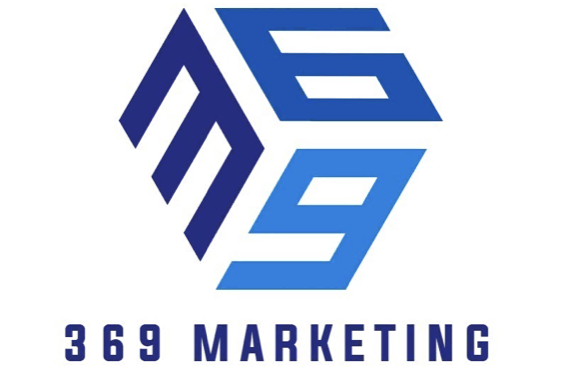The Ultimate Guide to Creating High-Converting Landing Pages
Welcome to the ultimate guide to creating high-converting landing pages! In this post, we’ll cover everything you need to know about landing pages, from what they are and why they matter to best practices for designing them effectively. Let’s get started!
Introduction to Landing Pages
A landing page is a standalone web page designed to receive visitors who have clicked on a specific link or advertisement. The purpose of a landing page is usually to encourage a particular action, such as filling out a form, downloading an ebook, or signing up for a newsletter. Unlike other types of website pages, like homepages or blog posts, landing pages are highly focused and optimized for one specific goal.
Types of Landing Pages
There are several different types of landing pages that businesses can use depending on their goals:
1. Lead generation – these landing pages are designed to collect leads by asking visitors to fill out a form with their contact information in exchange for something valuable, like an ebook or whitepaper.
2. Click-through – these landing pages are designed to drive traffic to another webpage, often a product or service page.
3. Coming soon – these landing pages are used when a company wants to build anticipation around a new product or service before it launches.
4. Thank you – these landing pages appear after someone has completed a desired action, like submitting a form or making a purchase. They typically thank the visitor for taking action and provide additional resources or links.
Best Practices for Creating High-Converting Landing Pages
Now that we understand what landing pages are and how they work, let’s dive into some best practices for creating high-converting ones:
1. Start with a clear value proposition – your landing page should communicate clearly and concisely what problem your product or service solves and why it’s unique.
2. Use persuasive copywriting – your landing page copy should be written in a way that convinces visitors to take action. Use strong verbs, emotional language, and social proof (such as customer testimonials) to make your case.
3. Optimize for conversions – every element of your landing page should be designed to maximize conversions. This means using visual cues to draw attention to your call-to-action button, minimizing distractions, and keeping forms short and simple.
4. Use high-quality images and videos – multimedia elements can help break up text and convey complex ideas more easily. Make sure any images or videos you use are high-quality and relevant to your message.
5. Test and optimize continuously – no two audiences are exactly alike, so you should always be testing different variations of your landing pages to see which perform better. Try experimenting with different headlines, images, colors, and calls-to-action until you find a combination that works well.
The Importance of a Clear Value Proposition
Your value proposition is the foundation of your landing page, and getting it right is critical to converting visitors into customers. A clear value proposition communicates three things:
1. What problem your product or service solves
2. How it solves that problem differently than competitors
3. Why that difference matters to potential customers
If you don’t communicate all three of these components effectively, visitors won’t understand what makes your offering unique and may not be motivated to take action.
Designing an Effective Landing Page Layout
Once you’ve nailed down your value proposition and messaging, it’s time to think about the layout of your landing page. Here are some tips for designing an effective one:

1. Keep it simple – avoid cluttered designs that could overwhelm visitors and detract from your main message.
2. Use contrasting colors – choose colors that complement each other and create enough contrast between text and background to make reading easy.
3. Use whitespace strategically – leaving empty space around key elements can help draw attention to them and make them stand out.
4. Use directional cues – arrows, icons, or other visual cues can guide visitors’ eyes towards important parts of your landing page.
Call-to-Action Buttons and Forms
Finally, let’s talk about call-to-action buttons and forms. These are the final steps in your conversion funnel, so making them as user-friendly as possible is crucial. Here are some tips for optimizing them:
1. Use contrasting colors – just like with your landing page design, using contrasting colors can make your CTA button stand out and draw attention.
2. Use clear language – instead of generic phrases like “submit,” use language that reflects the action you want visitors to take (“Get my free trial” or “Sign me up”).
3. Minimize form fields – the fewer fields you require visitors to fill out, the more likely they are to complete the form. Only ask for necessary information.
4. Use auto-fill functionality – if possible, enable auto-fill functionality for common fields like name and email address to make it easier for visitors to submit their info.
And that’s it! By following these best practices and focusing on your value proposition, you can create high-converting landing pages that drive more leads and sales for your business.

